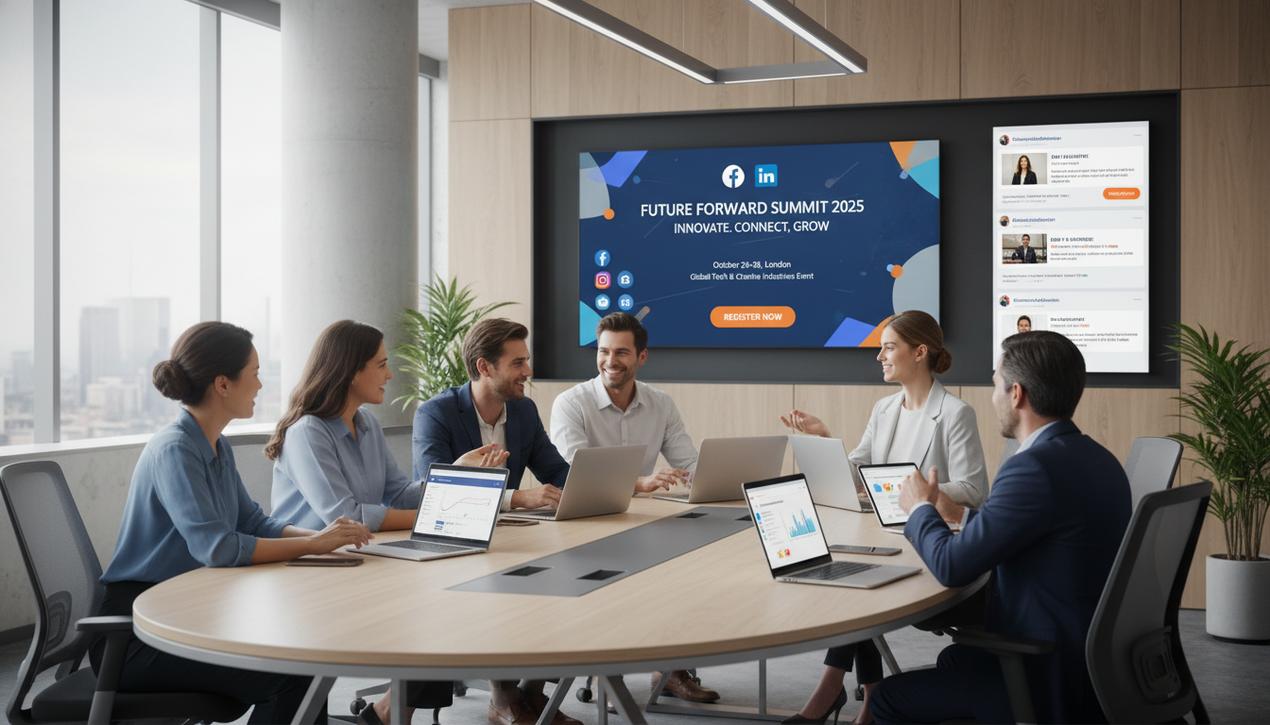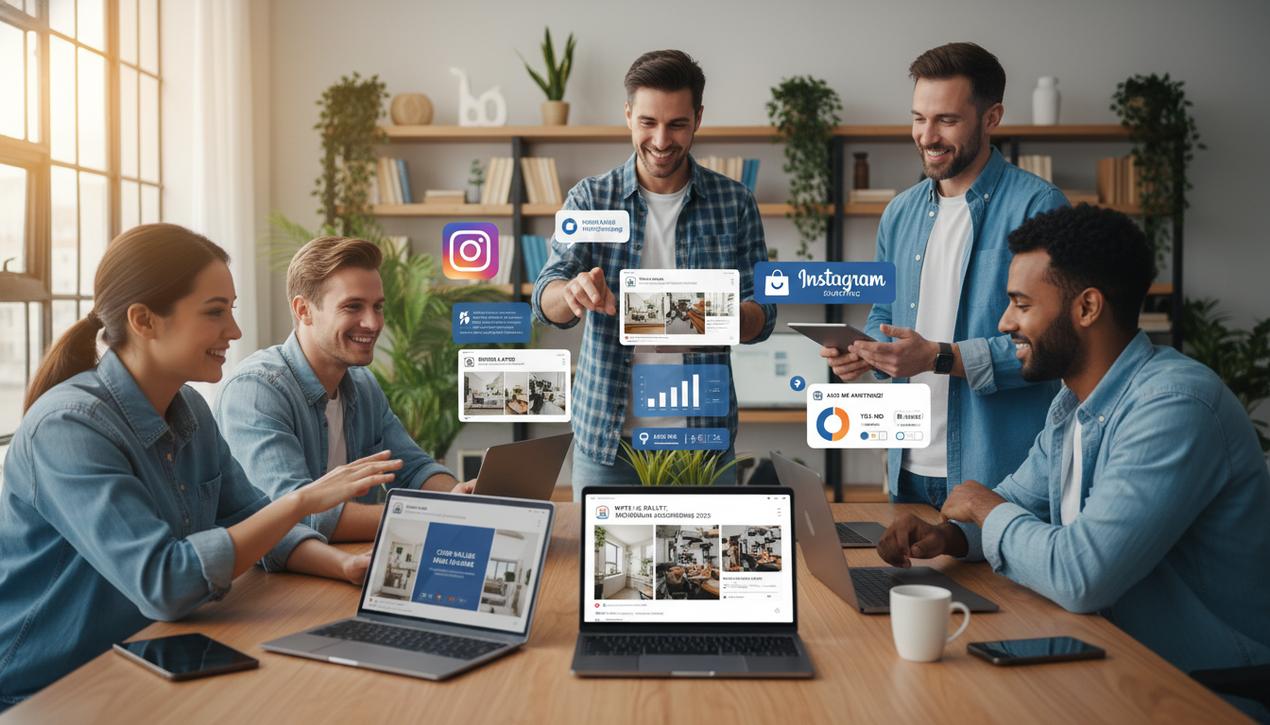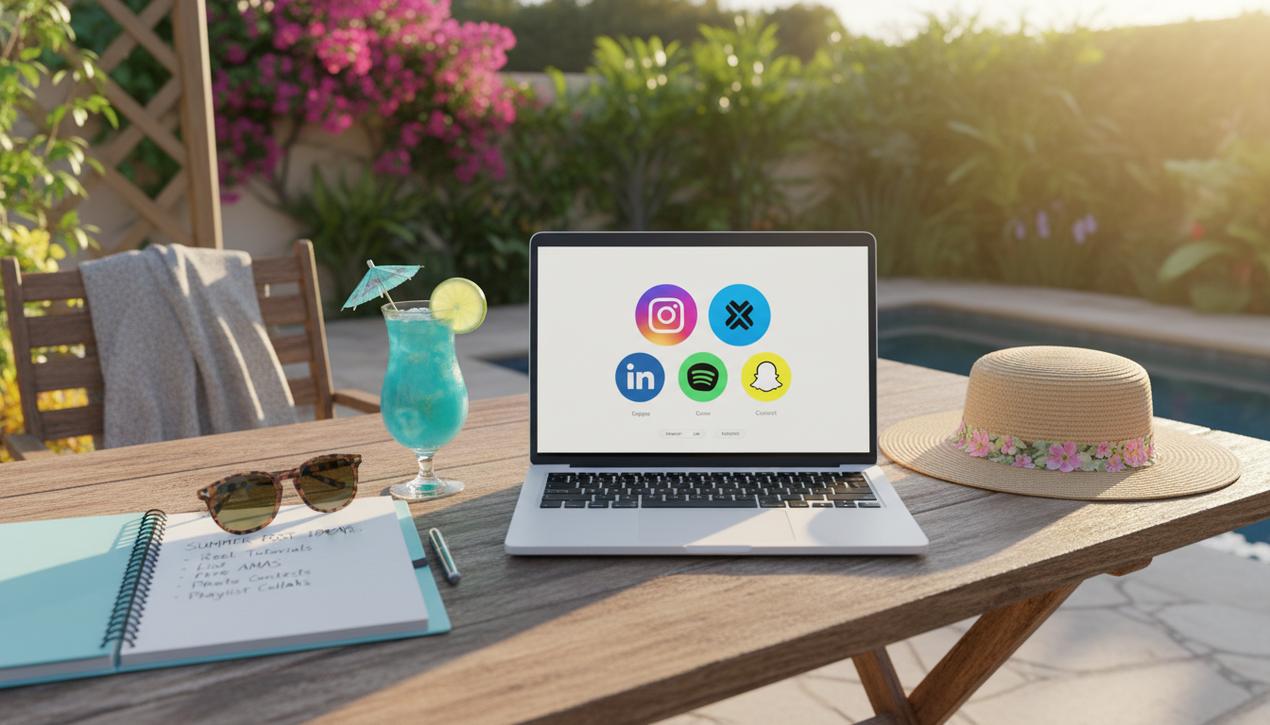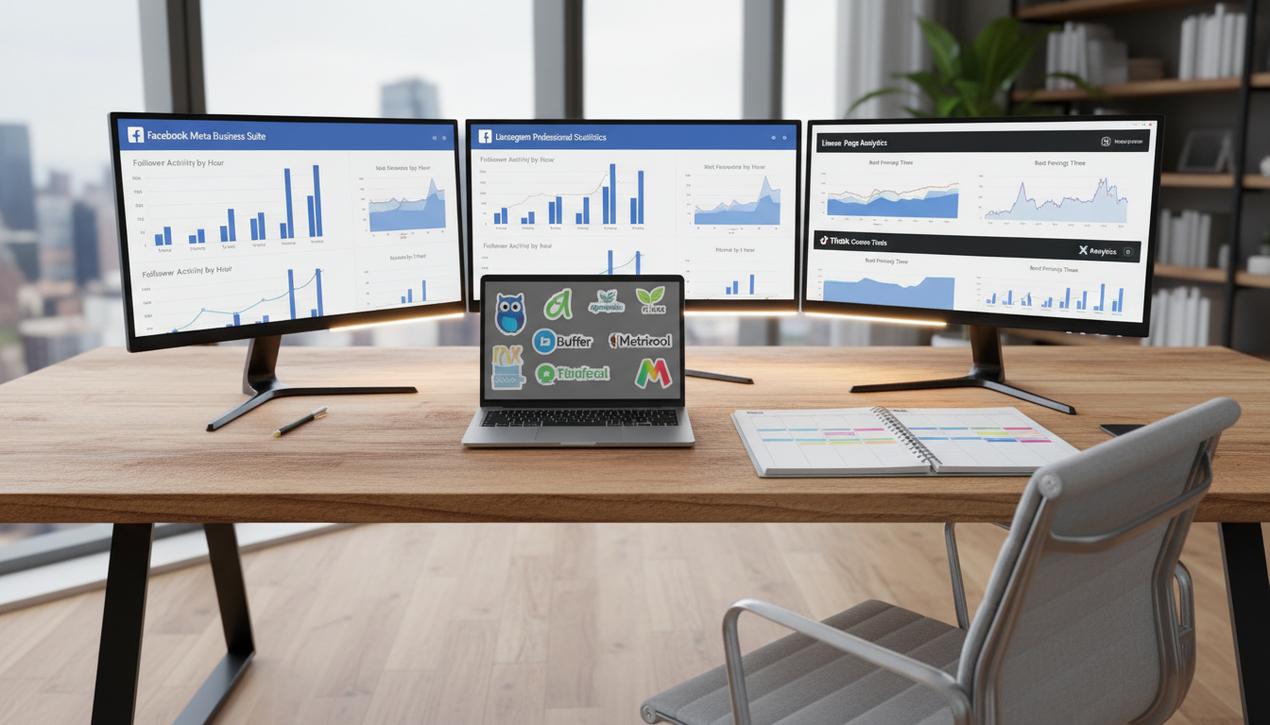Event Communication: 10 Winning Strategies for 2025


In a booming event industry, where corporate event spending is projected to grow by over 15% annually, effective communication has become the lifeblood of success. In 2025, while over 75% of events have returned to an in-person format, the primary challenge for more than half of all organizers remains unchanged: attracting and engaging the right audience. Whether you’re hosting a webinar, a trade show, or a product launch, a successful event communication plan is not an afterthought; it’s a meticulous strategy that extends far beyond a simple announcement. In today’s digital-first world, social media, video content, and AI-driven personalization are your most powerful allies in transforming a standard event into a sold-out, memorable experience. This comprehensive guide unveils 10 essential strategies to master your communication before, during, and after your event, ensuring maximum impact and return on investment.
Phase 1: Pre-Event Strategic Planning
The success of your event communication is determined weeks, if not months, before the event itself. A rigorous preparation phase is essential to build momentum, create anticipation, and ensure your message reaches the right audience at the right time.
1. Define Clear and Measurable Objectives
Before writing a single post, you must formalize your goals. What are you trying to achieve? Increase brand awareness, generate qualified leads, sell tickets, or foster customer loyalty? Each objective will dictate different communication tactics. Define key performance indicators (KPIs) for each goal: number of registrations, social media engagement rate, hashtag mentions, landing page conversion rate, etc. This strategic roadmap is crucial for guiding all subsequent actions and accurately measuring your success.
2. Create a High-Conversion Event Landing Page
Your landing page is the central hub of your digital communication efforts. All your campaigns will drive traffic to this single page. It must be flawless and contain:
- A compelling headline that summarizes the event’s value proposition.
- All essential information: date, location (or virtual platform), schedule, and speaker bios.
- High-quality visuals and, ideally, a short promotional video.
- Social proof, such as testimonials from past attendees or logos of sponsors and partners.
- A simple registration form with a clear and prominent call-to-action (CTA).
This page must be optimized for conversion, meaning it should be designed to encourage visitors to register with minimal friction.
3. Build a Multi-Channel Content Teaser Strategy
Don’t reveal all your cards at once. Teasing is the art of building curiosity and sustaining interest over time. Plan a content calendar that progressively unveils key information: announce the first wave of speakers, share behind-the-scenes glimpses of the organization, post interview snippets, and run countdowns. Use a variety of formats—short-form videos like Reels and TikToks, carousels, and interactive Stories—to maintain engagement and give your audience a reason to follow your journey to the big day.
4. Deploy a Targeted Multi-Platform Campaign
Your audience isn’t confined to a single channel. Identify the most relevant platforms for your target demographic and tailor your message accordingly.
- LinkedIn: Essential for B2B events. Share insightful articles, position your speakers as thought leaders, and facilitate professional discussions around your event’s themes.
- Instagram: The ultimate visual platform. Use Reels for dynamic teasers, Stories for polls and countdowns, and high-quality graphics for your main feed.
- Facebook: Create an official Event Page to centralize information, encourage shares, and leverage powerful targeted ads to reach lookalike audiences.
- Email Marketing: Segment your contact list to send personalized invitations to those most likely to be interested. An automated email sequence can inform, remind, and confirm registrations effectively.
Consistency is key. Ensure you use the same unique hashtag and visual identity across all channels to create a cohesive brand experience.
5. Choose a Unique and Memorable Hashtag
Your event hashtag is the digital thread that ties all conversations together. Choose it carefully: it should be short, unique, easy to remember, and easy to spell. Integrate it into every piece of communication—social media posts, emails, website banners, and even on-site signage. This will allow you to track real-time engagement, encourage user-generated content (UGC), and measure the overall reach of your event.
Phase 2: Engaging the Audience During the Event
On the day of the event, your communication doesn’t stop; it accelerates. The goal is to enhance the experience for those in attendance while creating a sense of inclusion for your remote audience, thereby maximizing your event’s reach and impact.
6. Master Real-Time Social Media Engagement
Dedicate a person or a team to manage your social media channels live during the event. Share high-quality photos of key moments, post impactful quotes from speakers, and upload behind-the-scenes videos. Use ephemeral formats like Instagram Stories for spontaneous, in-the-moment content. Actively engage with attendees who are using your event hashtag by liking, commenting on, and sharing their posts. This responsiveness fosters a vibrant and interactive community atmosphere.
7. Leverage the Power of Live Streaming
Live streaming is a powerful tool for extending your audience beyond the physical venue. Broadcasting the opening keynote, a key panel discussion, or an exclusive interview on platforms like LinkedIn Live or YouTube can multiply your viewership. This also serves as an excellent preview of your event’s quality for potential future attendees and creates a sense of urgency and exclusivity for your online followers.
8. Actively Encourage User-Generated Content (UGC)
Your attendees are your most authentic content creators. Encourage them to share their experiences by running a “best photo” contest with the event hashtag, setting up a branded photo booth, or displaying a live social media wall that showcases posts in real time. UGC is credible, authentic, and organically extends the reach of your event far beyond your own channels.
Phase 3: Post-Event Capitalization and Nurturing
The event is over, but your communication continues. The post-event phase is crucial for nurturing new leads, proving your success, and laying the groundwork for future editions.
9. Nurture the Connection and Gather Feedback
Don’t let the relationship fade. Send a personalized thank-you email to all attendees, including a link to a photo gallery, speaker presentations, or a satisfaction survey. Their feedback is invaluable for improving future events. Continue to nurture this relationship by sending exclusive content, such as session recordings or summary reports, in the following weeks.
10. Repurpose and Amplify Your Event Content
Your event generated a massive amount of valuable content. Now is the time to repurpose it to extend its lifespan and maximize its value:
- Create a dynamic “aftermovie” showcasing the event’s highlights.
- Turn conference recordings into blog posts, podcast episodes, or social media carousels.
- Share the most glowing testimonials on your website and social platforms.
- Design an infographic with key statistics and major takeaways from the event.
This post-event content strategy keeps the conversation going and continues to provide value to your audience for months to come.
Effective event communication in 2025 is a marathon, not a sprint. It requires a 360-degree vision that integrates strategic planning, real-time engagement, and post-event capitalization. By following these 10 steps, you won’t just be filling seats; you will be building a deeply engaged community around your brand. Through careful planning of each phase, harnessing the power of digital tools, and analyzing your results, you can transform every event into a powerful engine for sustainable business growth.




